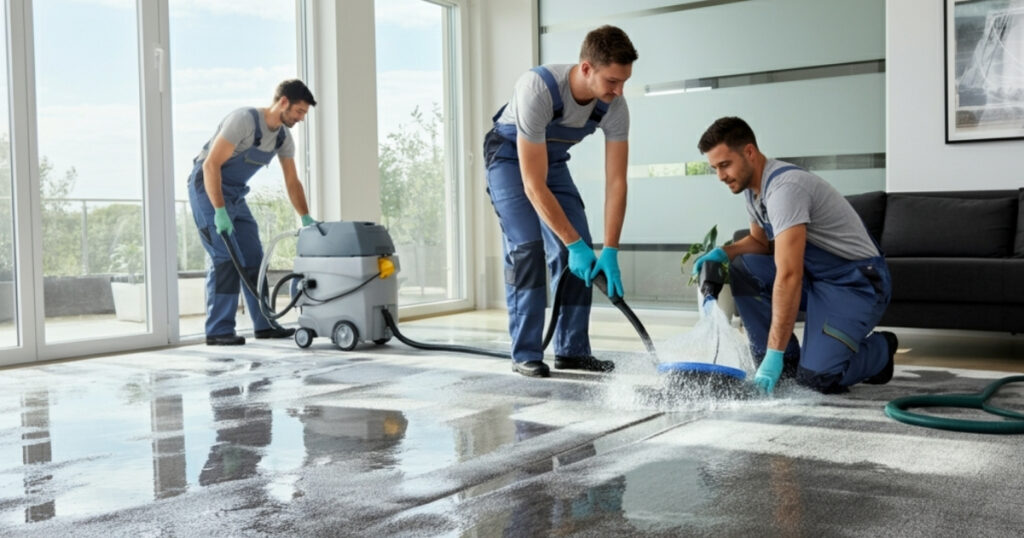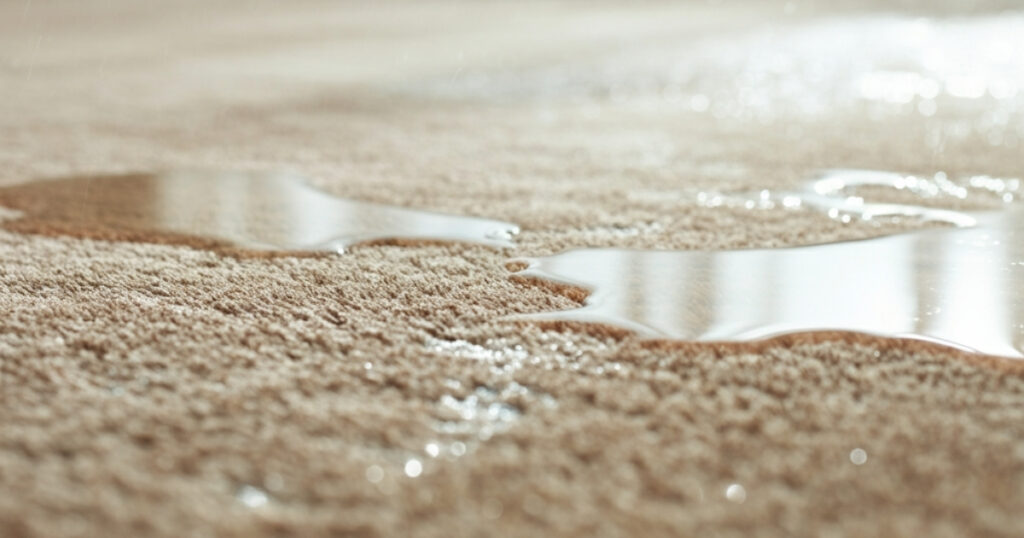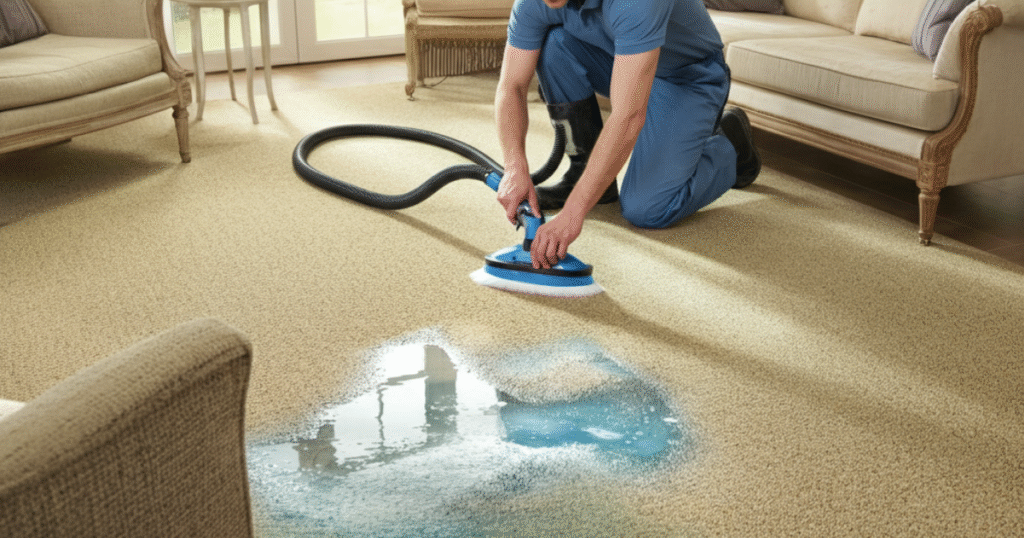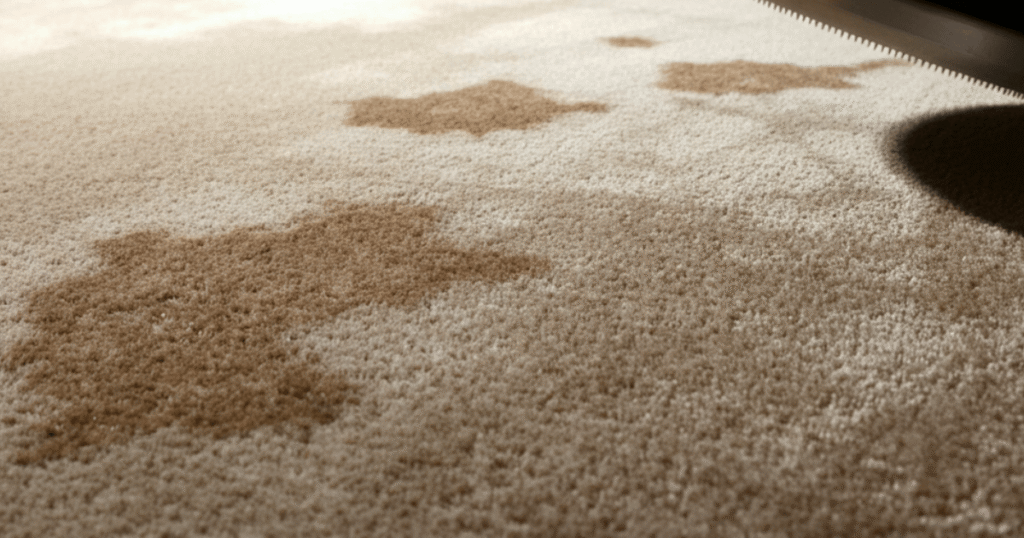Your outdoor wood furniture creates a perfect spot for relaxing and entertaining, but the sun’s relentless rays can take a serious toll. Knowing how to protect outdoor wood furniture from sun damage is essential to keeping it looking beautiful and extending its lifespan. Without proper care, you might notice your once-vibrant pieces fading, cracking, or becoming brittle. This can turn your backyard oasis into a worn-out space.
This guide provides practical steps and expert advice on preserving your investment. You’ll learn about the best protective finishes, effective cleaning techniques, and simple maintenance routines. By following these tips, you can ensure your wood furniture remains a stunning feature of your outdoor area for many years to come, ready for countless seasons of enjoyment.
The Impact of Sun on Wooden Furniture
Understanding how the sun affects wood is the first step toward effective protection. The sun’s ultraviolet (UV) rays are the primary cause of damage. These rays break down lignin, a natural polymer that gives wood its rigidity and strength. As the lignin degrades, the wood’s surface can become gray, faded, and rough to the touch. This process, known as photodegradation, weakens the wood fibers over time.
In addition to UV rays, the heat from the sun also plays a significant role in damaging outdoor furniture. The constant cycle of heating and cooling causes the wood to expand and contract. This movement can lead to the development of small cracks and splits, especially if the wood’s moisture content fluctuates dramatically. Eventually, these cracks can compromise the structural integrity of your furniture, making it unstable and unsafe.
How to Protect Outdoor Wood Furniture from Sun Damage: A Step-by-Step Guide
Protecting your furniture involves a combination of preparation, application of protective coatings, and ongoing maintenance. Following a structured approach will yield the best results and ensure long-lasting protection.
Step 1: Thoroughly Clean the Furniture
Before applying any protective product, you must start with a clean surface. Dirt, grime, and mildew can prevent sealants and oils from adhering properly, trapping moisture and debris underneath the finish. Begin by removing any loose dirt with a soft-bristle brush. Then, mix a mild solution of dish soap and warm water.
Using a sponge or soft cloth, gently scrub the furniture to remove any built-up grime. For tougher stains or mildew, you can use a specialized wood cleaner or a mixture of one part vinegar to three parts water. After cleaning, rinse the furniture thoroughly with a garden hose, ensuring no soap residue is left behind. Allow the wood to dry completely, which may take 24 to 48 hours depending on the weather conditions.
Step 2: Sand the Wood Surface
Sanding is a crucial step that prepares the wood to absorb a new protective finish. It smooths out any rough patches, removes the old, weathered layer of wood, and opens up the wood’s pores. For most outdoor furniture, using medium-grit sandpaper (around 120-grit) is ideal for the initial sanding.
Sand the entire surface of the furniture, always moving in the direction of the wood grain to avoid creating scratches. After the initial pass, switch to a finer-grit sandpaper (around 220-grit) to create an even smoother finish. Once you are done sanding, wipe away all the dust with a tack cloth or a damp microfiber cloth. This ensures the new finish will go on smoothly and last longer.
Step 3: Choose the Right Protective Finish
Selecting the appropriate finish is the most important decision in protecting your outdoor wood furniture. There are several options available, each offering different levels of protection and aesthetic qualities.
Types of Protective Finishes for Outdoor Furniture
Using Varnish for Sun Protection
Varnish is one of the most durable finishes you can apply to outdoor wood furniture. It creates a hard, protective film on the wood’s surface that is highly resistant to both moisture and UV radiation. Marine or spar varnish, in particular, is formulated with UV absorbers that block harmful sun rays, making it an excellent choice for outdoor use.
To apply varnish, use a high-quality natural-bristle brush. Apply a thin, even coat, following the direction of the wood grain. Allow the first coat to dry completely according to the manufacturer’s instructions, which typically takes about 24 hours. Lightly sand the surface with fine-grit sandpaper (220-grit or higher) between coats to ensure a smooth finish and proper adhesion for the next layer. For optimal protection, you should apply at least three coats of varnish.
Applying Sealant to Prevent Sun Damage
Wood sealants are another effective option for protecting your furniture. They work by penetrating the wood to create a barrier that repels water and prevents moisture damage. Many sealants also contain UV inhibitors to protect against sun damage. Sealants are typically easier to apply than varnish and are available in clear or tinted varieties, allowing you to either maintain the natural look of the wood or add a touch of color.
You can apply a sealant with a brush, roller, or sprayer. For best results, apply a generous coat and allow it to soak into the wood. After about 15-20 minutes, wipe away any excess sealant that has not been absorbed with a clean cloth. Most sealants require only one or two coats and need to be reapplied every one to three years, depending on the product and your climate.
The Role of Paint in Furniture Protection
Painting your outdoor wood furniture provides the highest level of protection against the sun. An opaque layer of high-quality exterior paint completely blocks UV rays, preventing them from reaching the wood. Paint also creates a robust barrier against moisture. Before painting, it’s essential to apply an exterior-grade primer to ensure the paint adheres properly and provides a durable finish.
When selecting paint, choose an acrylic latex exterior paint, as it is flexible and can withstand the expansion and contraction of wood due to temperature changes. Apply two coats of paint for full coverage and maximum protection. While paint hides the natural grain of the wood, it offers a wide range of color options to customize your outdoor decor.
Regular Maintenance for Lasting Protection
Once your furniture is protected with a new finish, a consistent maintenance routine is key to preserving its condition.
Clean Your Furniture Regularly
Throughout the year, your outdoor furniture will accumulate dust, pollen, and other debris. Make it a habit to clean your furniture regularly, about once a month, with a mild soap and water solution. This simple task prevents grime from building up and wearing down the protective finish. Regular cleaning also allows you to inspect the furniture for any signs of wear or damage that may need attention.
Reapply Protective Coatings as Needed
No finish lasts forever. Over time, the protective layer on your furniture will wear down due to exposure to the elements. Inspect your furniture at the beginning and end of each outdoor season. Look for signs that the finish is failing, such as fading, peeling, or areas where water no longer beads on the surface. Depending on the type of finish you used and your local climate, you may need to reapply a fresh coat every one to three years to maintain protection.
Additional Tips for Sun Protection
Beyond finishes and maintenance, there are other strategies you can use to shield your wood furniture from the sun.
Use Furniture Covers
When your furniture is not in use, especially during peak sun hours, covering it is one of the simplest and most effective ways to protect it. High-quality, waterproof furniture covers that offer UV protection can significantly extend the life of your furniture and its finish. Ensure the covers are breathable to prevent moisture from getting trapped, which could lead to mold and mildew growth.
Position Furniture Strategically
Where you place your furniture can also make a difference. If possible, position your furniture in a shaded area, such as under a porch, a large tree, or an umbrella. Minimizing direct sun exposure will drastically reduce the impact of UV rays and heat. Even reducing direct sun exposure for a few hours each day can help preserve the wood and its finish for much longer.
What to Do in Extreme Weather Conditions
Protecting your furniture from the sun is important, but you also need to consider other weather elements.
Storing Furniture During Off-Seasons
If you live in a region with harsh winters or extreme summer weather, storing your furniture during the off-season is the best way to protect it. A dry, sheltered location like a garage, shed, or basement is ideal. If indoor storage isn’t an option, use heavy-duty, waterproof covers and ensure the furniture is placed on a dry surface to prevent moisture from wicking up from the ground. Interested in similar topics? This blog might help: When is the Best Time to Buy Outdoor Furniture?
A Final Word on Furniture Protection
Learning how to protect outdoor wood furniture from sun damage is a worthwhile effort that pays off in longevity and beauty. By combining a durable finish with a consistent maintenance routine and smart placement, you can shield your investment from the harsh effects of the sun. Regular cleaning, timely reapplication of protective coatings, and the use of covers will ensure your furniture remains a beautiful and functional part of your outdoor living space for many seasons.
Frequently Asked Questions
1. How often should I reapply sealant to my outdoor wood furniture?
Yes, you should typically reapply a wood sealant every one to three years. The frequency depends on the specific product you use, the type of wood, and the intensity of sun exposure in your climate.
2. Can I use indoor furniture polish on my outdoor wood pieces?
No, it is not recommended. Indoor polishes do not contain the necessary UV inhibitors and moisture-resistant properties required to protect furniture from outdoor elements like sun and rain.
3. Is it better to paint or stain outdoor furniture for sun protection?
Paint generally offers superior sun protection because it creates an opaque barrier that completely blocks UV rays. However, staining and sealing can also provide excellent protection while preserving the natural beauty of the wood grain, as long as the product contains UV inhibitors.
4. What is the best way to clean mildew off of outdoor wood furniture?
Yes, you can effectively clean mildew using a solution of one part white vinegar and three parts water. Apply the mixture to the affected areas, let it sit for about 15 minutes, and then gently scrub with a soft-bristle brush before rinsing thoroughly.
5. Do furniture covers really protect against sun damage?
Yes, high-quality furniture covers made with UV-resistant materials are very effective at protecting against sun damage. They block direct UV radiation and can significantly reduce the fading and degradation of the wood and its finish.
As an Amazon Associate, I earn from qualifying purchases.



